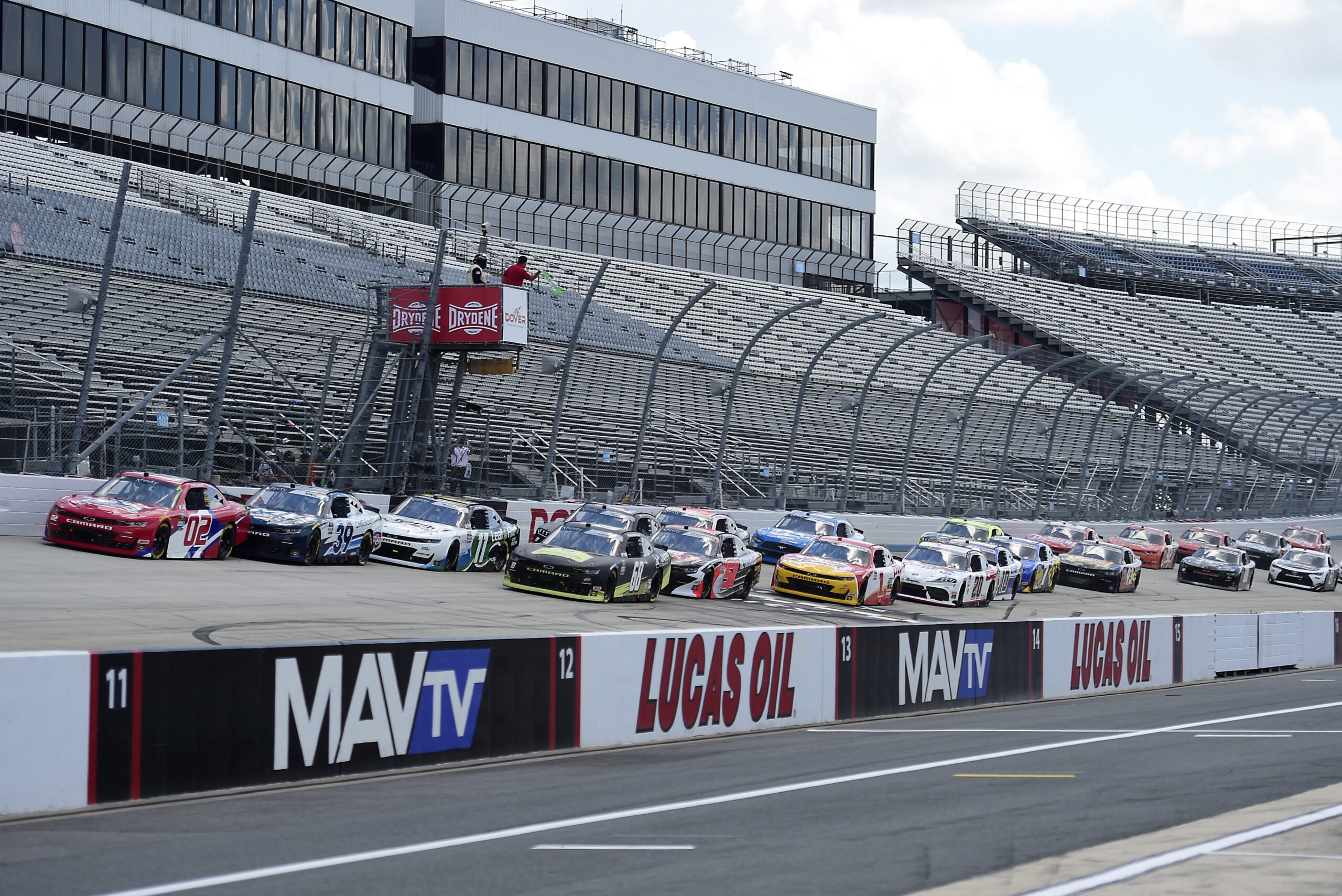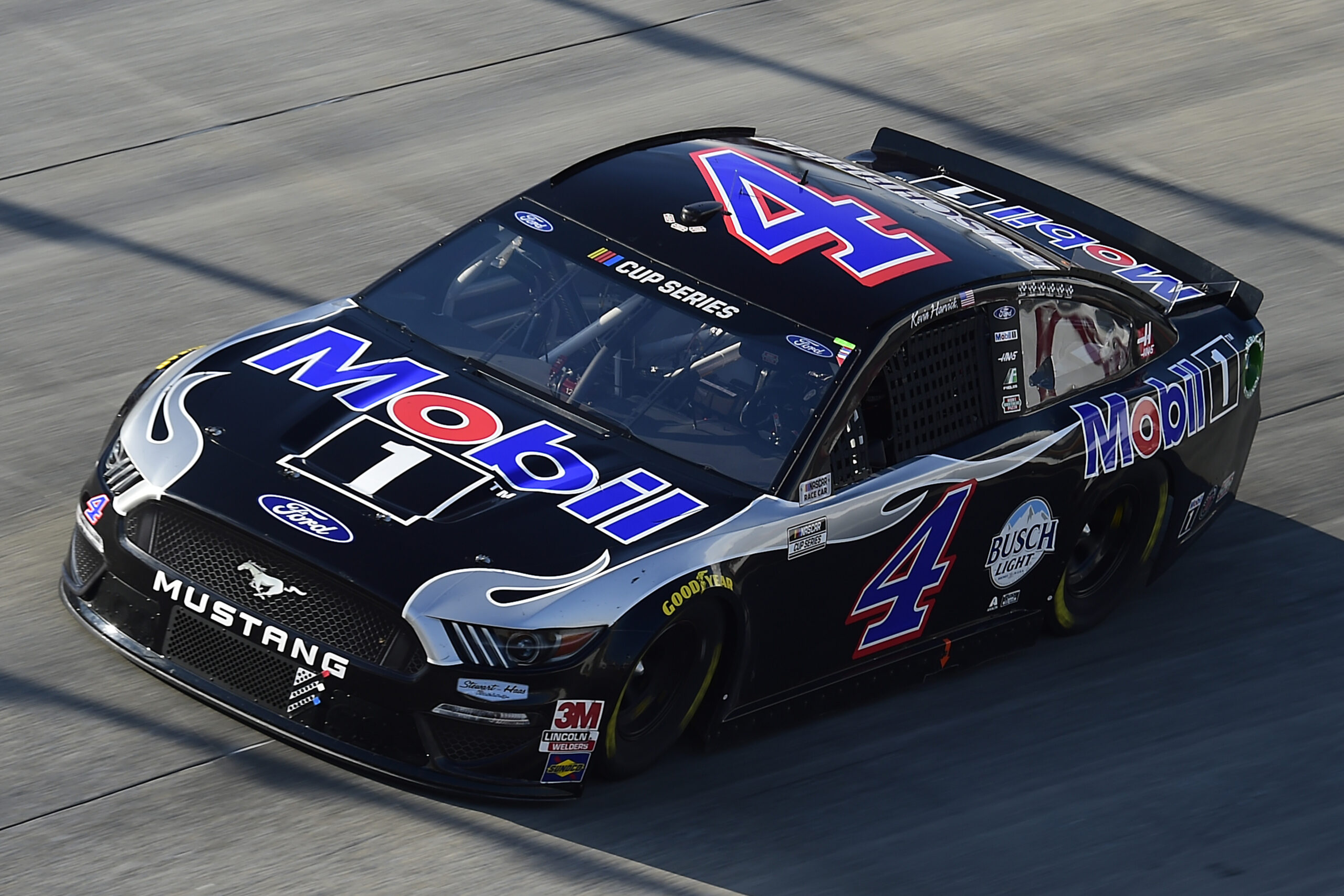It’s easy to establish Takuma Sato as a good, but not great NTT IndyCar Series driver. He came into the series in 2010 and floundered a little with KV Racing and Rahal Letterman Lanigan Racing at first. Sure, he earned the respect and admiration of us all in his valiant 2012 Indy 500 effort, attempting to pass eventual winner Dario Franchitti in the first turn of the last lap only to go full send into the wall. But he didn’t find Victory Lane until 2013’s Long Beach event driving for A.J. Foyt Racing.
He didn’t win again until his brief stay at Andretti Autosport in 2017, when he claimed his first Indy 500, and the next season saw him back at RLL, where he’s finally flourished by winning four more times since. He’s steadily gotten better – not great, but better – and there’s a very real chance he could find himself in title contender territory before too long.
In a sense, he’s like NASCAR’s Sterling Marlin in that he excels at certain places but has won elsewhere on occasion. However, Indy is to Sato what Daytona was to Marlin – a racetrack where he can truly shine.
For starters, there’s the two victories in the 500, as well as the 2012 attempt. However, there’s also is spirited 2019 effort, where the results will show that he finished third behind Simon Pagenaud and Alexander Rossi. But what the cards won’t show initially is that a second pace-lap issue forced him to go a lap down, and at one point he was running in dead last. However not only was Sato able to get himself back on the lead lap, he even contended for the lead as late as lap 176 of the 200-lap event.
These show that he’s acclimated well to the speedway no matter who he is driving for. However, there’s also the fact that not only is he the first non-Caucasian driver to win the 500 and multiple times to boot (one of only 20 drivers to do so), he’s the first driver from the continent of Asia to do so. His victories have been a great way to bring other ethnicities into the sport, and they help shine a positive light on the sport of IndyCar.
There’s also the matter of how quickly Sato has taken to open wheel racing. On one hand, there’s 2008 Indy 500 winner Scott Dixon, who has been winning races and championships since before Sato burst onto the scene in 2010. Graham Rahal earned his first series win in 2008 at St. Petersburg. In contrast, Sato was a champion cyclist before beginning his Formula One career in 2002, with a lukewarm career there before racing full-time in IndyCar in 2010.
None of these statistics place him in the same category as say, Dixon or Will Power, or for that matter even Rahal, Unser, Foyt, or even Mario Andretti territory. He’s far from that at this point in his career considering he only holds six IndyCar wins and a best points finish of eighth in 2017. But unlike Andretti, Dixon, or Power, Sato is a two-time Indy 500 champion. That puts him in an elite category of open wheel stars over the last 100+ years. Put that together with how much he’s matured over the last 10 years and the far-reaching effects of his wins in the 500, and it’s easy to see that there’s more that goes into a legend than just statistics.
For all we know Sato may just continue to be a perennial challenger, occasionally making his way to Victory Lane here and there. He’s fearless behind the wheel, there’s no doubt about that. That hasn’t translated into great results, but a win is a win. Those stay in the record books for years to come. The effects of those wins? Those last longer and reach further. There’s no a shadow of a doubt that for the time being, Sato is definitely an Indy 500 legend.







